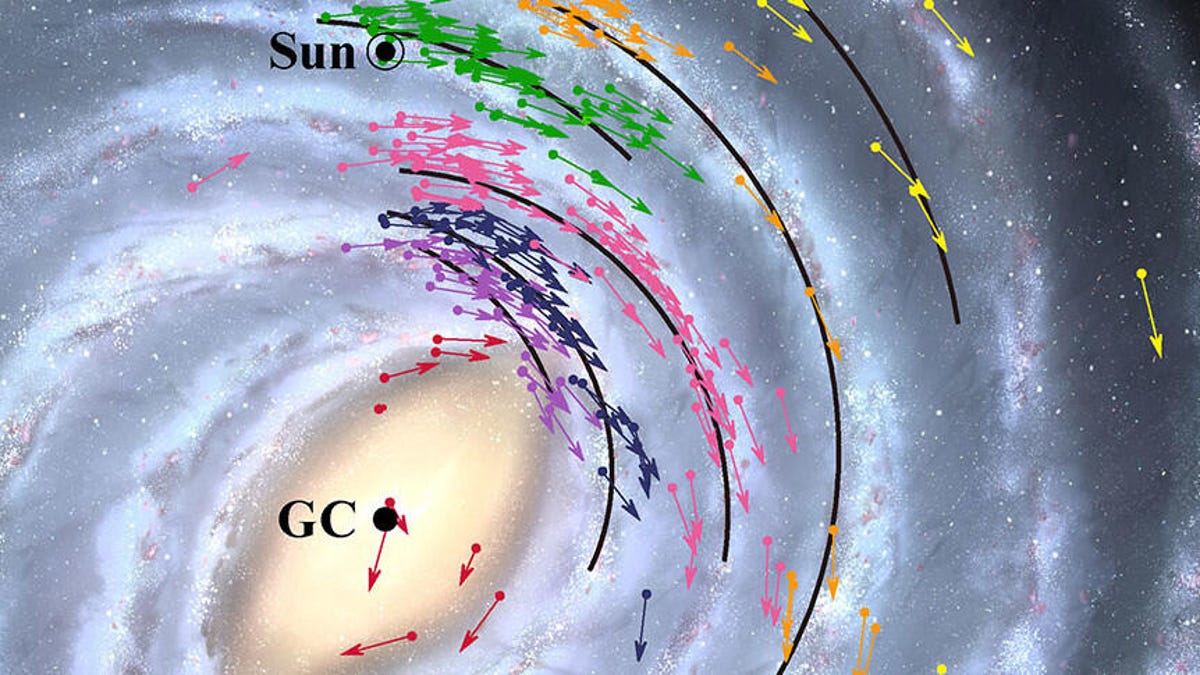Earth now 2,000 light-years closer to Milky Way's supermassive black hole
Finally 2020 delivers some good news.

Earth is a little closer to the supermassive black hole at the center of the Milky Way than we believed.
At the center of the our galaxy, with a mass roughly 4 millions times that of our sun, is a supermassive black hole called Sagittarius A*.
And great news! It turns out scientists have discovered that we're 2,000 light-years closer to this gigantic black hole than we thought.
This doesn't mean we're currently on a collision course with a black hole. No, it's simply the result of a more accurate model of the Milky Way based on new data.
Over the last 15 years, a Japanese radio astronomy project, VERA, has been gathering data. Using a technique called interferometry, VERA gathered data from telescopes across Japan and combined them with data from other existing projects to create what is essentially the most accurate map of the Milky Way yet.
By pinpointing the location and velocity of around 99 specific points in our galaxy, VERA has concluded that the supermassive black hole Sagittarius A, at the center of our galaxy, is actually 25,800 light-years from Earth -- almost 2,000 light-years closer than what we previously believed.
In addition, the new model calculates Earth is moving faster than we believed. Older models clocked Earth's speed at 220 kilometers (136 miles) per second, orbiting around the galaxy's centre. VERA's new model has us moving at 227 kilometers (141 miles) per second.
Not bad!
VERA is now hoping to increase the accuracy of its model by increasing the amount of points it's gathering data from by expanding into EAVN (East Asian VLBI Network) and gathering data from a larger suite of radio telescopes located throughout Japan, Korea and China.

